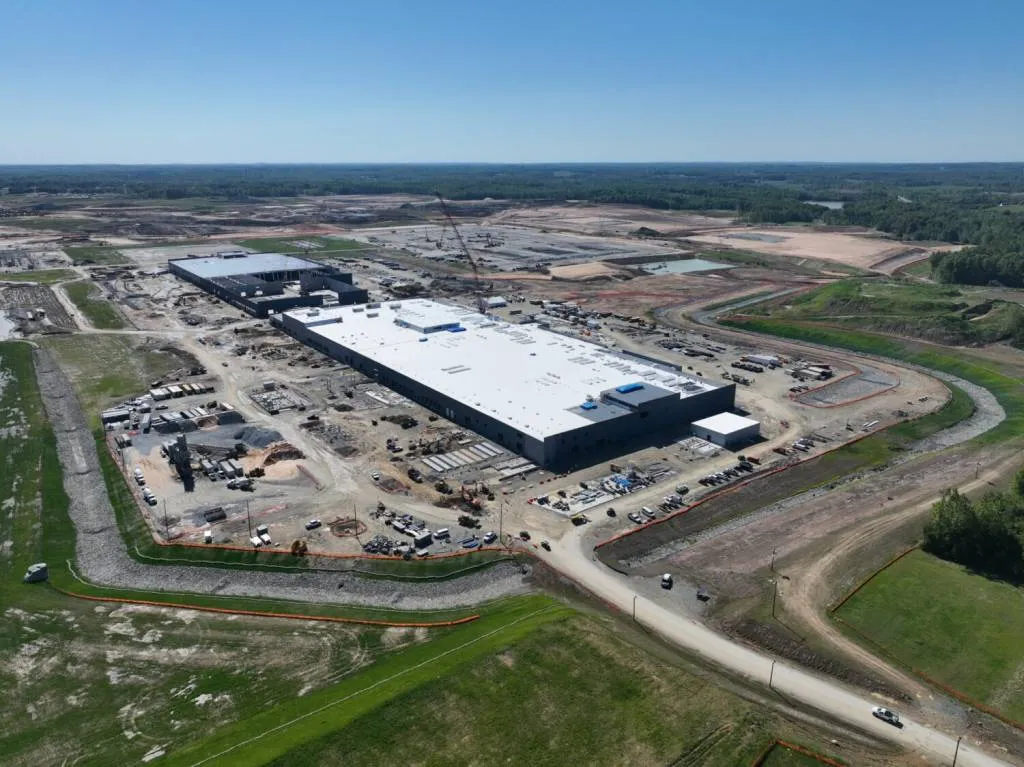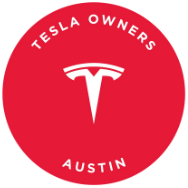- By 2025, more than 50% of U.S. sales are expected to be “electrified” vehicles (hybrids, PHEVs, and EVs)
- Previously, it was suggested that hybrids alone could account for over 50% of sales by 2025
- North Carolina battery plant could play a significant role in promoting electrified vehicles
Despite facing challenges with the sales of all-electric vehicles, Toyota has witnessed substantial growth in hybrids and plug-in hybrids, leading to a decline in traditional internal-combustion models.
In 2024, 43% of Toyota’s U.S. sales volume comprised “electrified vehicles” which include EVs, hybrids, plug-in hybrids, and hydrogen fuel-cell vehicles. This marked a significant increase from 29% in 2023, based on Toyota’s sales data.
The company is on track to achieve its goal of surpassing 50% hybrid sales in the U.S. market by 2025. David Crist, Toyota Division group vice president and general manager for North America, has indicated that the target includes hybrids, plug-in hybrids, EVs, and hydrogen fuel-cell models.
Crist has also hinted at hybrids alone accounting for over 50% of sales, demonstrating Toyota’s commitment to electrified vehicles. This drive towards electrification is further supported by the establishment of a North Carolina battery plant, which is expected to enhance the supply chain for hybrids.

Toyota Greensboro-Randolph Megasite (North Carolina) – under construction
The North Carolina facility is poised to supply batteries for a three-row electric SUV manufactured in Kentucky, starting in 2026. Toyota’s shift towards electrified vehicles may eventually lead to the phasing out of traditional internal-combustion cars in the U.S., with hybrids and plug-in hybrids dominating its sales.
With almost every model in Toyota’s U.S. lineup offering a hybrid option, the company is making significant strides in promoting environmentally friendly vehicles. The Camry midsize sedan, for instance, is now exclusively available as a hybrid, while the Prius, RAV4, and Mirai also offer plug-in hybrid and hydrogen fuel-cell variants.

